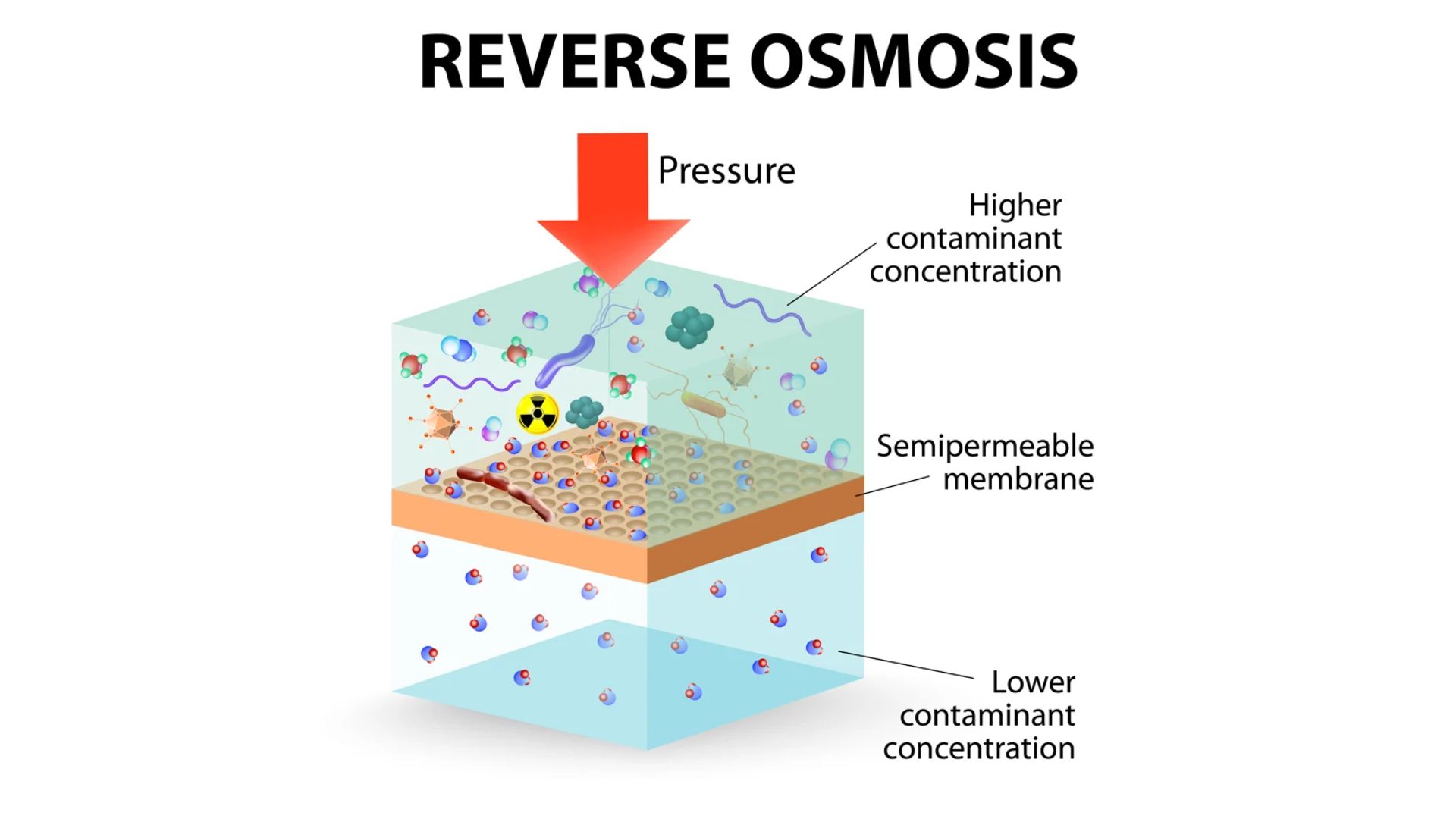7:00AM to 5:00PM
If you’re like most people, you probably take your water for granted. You turn on the tap, and clean, fresh water comes – no questions asked.
But have you ever stopped to think about where that water comes from? How does it get from underground to your kitchen sink? And more importantly, how do water filters work?
In this blog post, we’ll explore all the best ways to purify water at home using your existing tap water. So, if you’re curious about how your favourite water filter works (or want to know more about what goes into making filtered water), keep reading!
Although water filters have evolved over the years, the basic steps to purify drinking water have remained the same. In this section, we have briefly explained the fundamental process of filtering tap water before delving into the details.
The first step to improving drinking water quality is mechanical filtration to filter out the various particles present in tap water, such as sediments, cysts, and rust. Before proceeding further, know that the size of small particles is measured in microns, so a lower micron rating means tiny particles.
Let us explain why this is important. A human hair is 75 microns in diameter, and the smallest particles humans can view with the naked eye are 40 microns. Compare that with the size of sediments in tap water, which is barely 1-4 microns, and you will realise the sheer complexity of water filtration.
Mechanical filtration helps remove sediment or metal shavings from the water supply to make it purer than a water bottle. This is possible thanks to the particle barrier that catches impurities.

The next stage is chemical filtration to improve the smell and taste of the filtered water, which involves disinfecting the water with chlorine.
Before reaching the kitchen sink, the water may pass through worn-out or damaged pipes that contain impurities. So, chlorine is essential to improve drinking water quality and trap chemical impurities as it passes through water filter systems.
This is part of the filtration process with an activated carbon filter. But more on that in the next section, where we will take you through each step of water filtration.

The best water filters have a granular activated carbon block with multiple pores on the surface to trap all the contaminants and their foul smell and taste. We have also told you that a water filter system uses chlorine to disinfect water, but it undergoes a chlorine reduction to make it safe for consumption.
Modern carbon filters carry out mechanical and chemical purification in one unit for greater convenience. Here, we have divided the cleaning process into four stages for your benefit.
In the first phase, the water filter system traps total dissolved solids like sand, rust, and silt from the water.
After the water enters the filtering system through the top inlet, the water pressure pumps it through the filter media. It’s important to note that most filters malfunction due to fluctuating water pressure, so maintain steady water pressure.
Then, it passes over the hollow cylinder of the carbon block that removes the larger particles. This is because the surface of the cylinder is coated with a sediment wrap and acts as a pre-filter while also increasing the longevity of the internal filter cartridge.
Some units even have reverse osmosis filters to remove contaminants, but the basic principle remains the same. Reverse osmosis filters have advanced filter membranes to eliminate salts and bacteria.
The second and third phases involve chlorine reduction while removing algae, bad tastes, and foul smells from the water. So, after phase 1 is complete, pressure forces the water through the activated carbon filters, which have numerous pores.
The only difference between phases 2 and 3 is the type of sediments they remove because the overall process remains the same. Once inside the activated carbon filters, the pores trap most particles, including volatile organic compounds.
This also reduces the size of each particle to 1 micron and helps trap cysts like cryptosporidium and giardia to prevent adverse health effects. Reverse osmosis systems produce highly purified water by forcing water through a semi-permeable membrane, removing dissolved solids, and providing an additional layer of filtration beyond what water filtration systems can achieve.
Phase 4 is the most intricate part of the water filter method, as the water passes through the carbon block and into the hollow cylinder. The hollow carbon block has a polyphosphate substance that coats any magnesium and calcium ions in the water.
This coating prevents the ions from sticking to the surface and keeps hot and cold water purification systems in top condition. You should replace old water systems and install a new one since the magnesium and calcium compounds form limescale.
We also found that the polyphase wears out with time, and you must replace the cartridge annually to purify contaminated water. When the polyphosphate dissolves, chemical treatment remains incomplete as the water filter fails to prevent limescale.
Purifying drinking water is necessary globally, not just in Australia, given the chemicals introduced in the main water supply. Additionally, proper wastewater disposal has become a problem in most towns and cities, increasing the need to use only purified water.
Keeping your family healthy will be challenging unless the water is extensively filtered and purified. And we haven’t even mentioned the naturally occurring contaminants in water, so take good care of your water filters.
There are various water filters, and choosing one based on your area would be best. For instance, is there a high iron content in the water, or is it overexposed to ultraviolet light? These are some questions you have when choosing water filters. So consider whether you want it to remove particles, chemicals, or other contaminants or improve the water’s taste.
And always contact a licensed plumbing service for annual maintenance, like Gold Coast Plumbing, even if there’s nothing wrong.
Say goodbye to tap water and bottled water with a water filtering system!